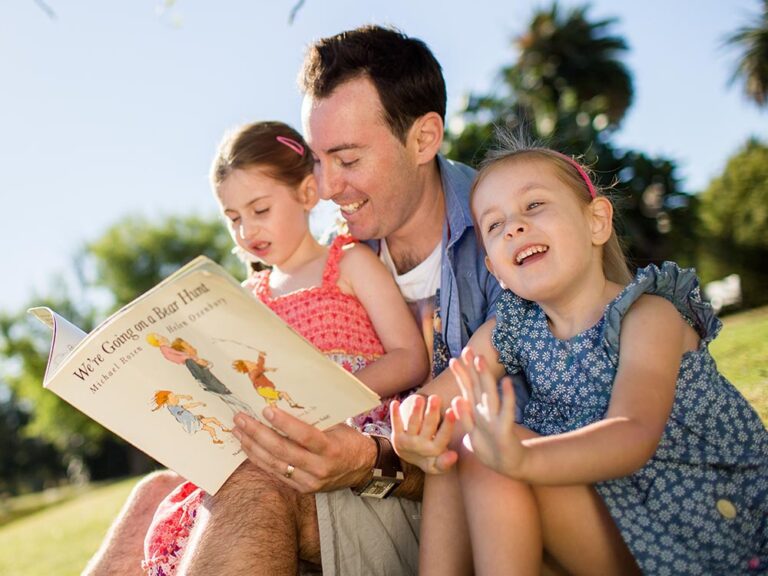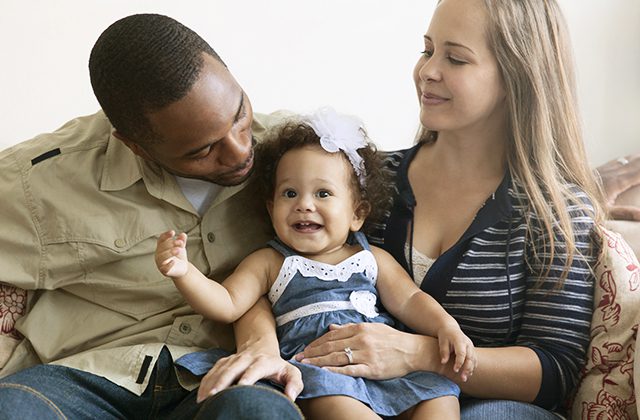How Many Easter Eggs Per Child: The Ultimate Guide
For an Easter egg hunt, it is recommended to hide about a dozen eggs per child.
Factors To Consider When Determining The Number Of Easter Eggs Per Child
When planning an Easter egg hunt, it’s important to consider various factors that can help determine the number of eggs per child. By taking into account the age of the child, the purpose of the Easter egg hunt, and the size of the egg hunt area, you can create an enjoyable and fair experience for everyone involved.
Age Of The Child
Infants and toddlers
For infants and toddlers, it’s crucial to ensure their safety during the egg hunt. Avoid using small objects that pose a choking hazard and instead use larger plastic eggs that are easy to spot. It is recommended to hide around 6 to 8 eggs per child.
Preschool-aged children
Preschool-aged children have better coordination and can actively participate in the egg hunt. Hide a slightly larger number of eggs, around 8 to 10 per child, to maintain their excitement and engagement.
School-aged children
School-aged children are more competitive and have better problem-solving skills. To keep them challenged and entertained, hide 10 to 12 eggs per child.
The Purpose Of The Easter Egg Hunt
Recreational fun
If the purpose of the Easter egg hunt is simply to provide recreational fun, you can adjust the number of eggs per child accordingly. For a leisurely and enjoyable hunt, aim for around 6 to 8 eggs per child, regardless of age.
Competitive events
For more competitive events where children are encouraged to gather as many eggs as possible, consider increasing the number of eggs per child. In this case, hiding 10 to 12 eggs per child can add to the excitement and challenge.
The Size Of The Egg Hunt Area
Indoor vs. outdoor hunts
The size of the egg hunt area can also impact the number of eggs per child. For smaller indoor spaces, it’s advisable to hide fewer eggs to avoid making the hunt too easy. Aim for 6 to 8 eggs per child. On the other hand, larger outdoor spaces can accommodate a greater number of eggs, ranging from 10 to 12 per child.
Backyard vs. community-wide hunts
If you’re hosting a backyard egg hunt for a small group of children, consider hiding around 8 to 10 eggs per child. For community-wide hunts where the number of participants is significantly higher, you may want to increase the number of eggs per child to 12 or more to ensure everyone has a fair chance of finding eggs.
Guidelines For Calculating The Number Of Easter Eggs
Calculating the number of Easter eggs per child can be tricky, but these guidelines can help. Hide about a dozen eggs per guest for a fair chance to find and collect a good amount. Vary the difficulty of hiding spots based on age and use visual cues for younger children to make it more enjoyable.
Recommended Number Of Eggs Per Child
When planning an Easter egg hunt, one of the most common questions that arises is how many eggs should be hidden for each child. While there is no definitive answer as it may vary based on factors such as age group, venue, and duration of the event, a general guideline is to aim for approximately ten to twelve eggs per child.
General Guidelines For Different Age Groups
Easter egg hunts often involve participants from various age groups, including toddlers, preschoolers, and older children. To ensure that the number of eggs is suitable for each age group, a suggested breakdown could be as follows:
- Toddlers (1-3 years old): 3-5 eggs per child
- Preschoolers (4-6 years old): 6-8 eggs per child
- Older Children (7+ years old): 10-12 eggs per child
Adjustments Based On Other Factors
Keep in mind that these guidelines can be adjusted based on other factors such as the size of the venue and the duration of the egg hunt. If the venue is larger, more eggs can be hidden to maintain the challenge and excitement for participants. Additionally, if the event is expected to last longer, it might be a good idea to increase the number of eggs to ensure that each child has ample opportunity to find and collect a fair share.
Ensuring Fairness And Equal Opportunities
It is important to ensure fairness and equal opportunities for all participants in an Easter egg hunt. To achieve this, consider implementing the following strategies:
- Designated Areas: Create separate areas for different age groups to prevent older children from dominating the hunt and leaving younger ones with fewer eggs.
- Color-Coded Eggs: Assign different colors to each age group so that children know which eggs they are allowed to hunt for.
- Time-limited Stages: If hosting a multi-stage egg hunt, make sure each stage has a defined time limit to give every child an equal chance to collect eggs.
Strategies For Avoiding Disputes
To minimize disputes and ensure a smooth Easter egg hunt experience, consider the following strategies:
- Clear Instructions: Provide clear instructions to all participants regarding the rules of the egg hunt, including the number of eggs each child is allowed to collect.
- Supervision: Have organizers or adults monitor the egg hunt to ensure fairness and prevent any conflicts or disagreements.
- Participation Pledge: Ask participants to agree to a simple pledge that promotes fair play, good sportsmanship, and respect for the rules.
Creating A Level Playing Field For All Participants
By following these guidelines and strategies, you can create a level playing field for all participants in your Easter egg hunt. Remember that the primary goal is to provide an enjoyable and inclusive experience for everyone involved.
Tips For Organizing An Easter Egg Hunt
An Easter egg hunt is a fun and exciting tradition that children look forward to every year. As an organizer, there are several factors to consider to ensure that the event is enjoyable and safe for all participants. Here are some helpful tips for organizing an Easter egg hunt:
Hiding The Eggs Strategically
When planning an Easter egg hunt, it’s important to hide the eggs strategically to make the activity more engaging for the children. Instead of simply scattering the eggs randomly in the area, consider placing them in different locations, such as underneath bushes, behind trees, or inside flower pots. This way, children will have to actively search for the eggs, making the hunt more exciting and rewarding.
Considering Visibility And Accessibility For Different Age Groups
During an Easter egg hunt, it’s crucial to take into account the age range of the participants. Younger children may have a harder time finding hidden objects, so it’s important to ensure that the eggs are visible and easily accessible to them. For older children, you can hide the eggs in more challenging spots to add excitement and keep them engaged.
Incorporating Challenges For Older Children
To make the Easter egg hunt more thrilling for older children, consider incorporating additional challenges. You can hide clues inside each egg that lead to the next one, creating a mini treasure hunt. Another idea is to hide special golden eggs that contain extra prizes or rewards. These added challenges will make the event more competitive, encouraging older children to use their problem-solving skills and enjoy the hunt to the fullest.
Ensuring Child Safety During The Hunt
Child safety should be a top priority when organizing an Easter egg hunt. Make sure to establish clear boundaries for the hunt area and communicate them to the participants. Also, keep in mind any potential hazards in the location, such as sharp objects or uneven terrain, and avoid hiding eggs in unsafe areas. Supervision is crucial to ensure that children are safe throughout the event.
Choosing Appropriate Hiding Spots
When hiding the eggs, it’s important to choose appropriate spots that are safe and easily accessible for the children. Avoid hiding eggs in areas that may pose a risk, such as near busy roads or in places with thorny plants. Opt for locations that are visible and age-appropriate, taking into consideration the abilities and limitations of the participants.
Organizing an Easter egg hunt can be a delightful experience for both children and adults. By following these tips, you can create a memorable and fun-filled event that will have everyone eagerly anticipating the next year’s hunt!
Alternative Easter Egg Hunt Ideas
Looking for a fun twist on the traditional Easter egg hunt? This year, try out some alternative egg hunt ideas that will add excitement and creativity to your Easter celebration. Whether you’re hosting a party for kids or simply want to make the egg hunt experience more memorable, these non-traditional variations are sure to delight everyone involved. From glow-in-the-dark eggs to puzzle or riddle hunts, there’s something for everyone. Keep reading to discover some innovative Easter activities beyond egg hunts and even some DIY crafts and games that are perfect for the occasion.
Non-traditional Egg Hunt Variations
If you’re tired of the same old egg hunt, why not take it up a notch with some non-traditional variations? These ideas will add a fresh twist to the classic Easter activity.
Glow-in-the-dark Egg Hunt
Turn your Easter egg hunt into a glowing adventure by using glow-in-the-dark eggs. Simply purchase glow sticks or LED lights and insert them into plastic eggs. Hide these eggs in a dark room or outside at dusk for a magical and surreal experience. Kids of all ages will love the excitement of hunting for glowing eggs in the dark.
Puzzle Or Riddle Egg Hunt
Challenge your kids’ minds with a puzzle or riddle egg hunt. Instead of simply hiding the eggs, leave clues or riddles that lead the participants to the next location. You can create a scavenger hunt-style adventure where each hidden egg contains a clue to find the next egg. This will not only make the egg hunt more engaging but also promote problem-solving skills and critical thinking.
Easter Activities Beyond Egg Hunts
While the Easter egg hunt is a beloved tradition, there are plenty of other activities you can incorporate into your celebration to make it extra special.
Diy Crafts
Add a creative touch to your Easter festivities by including some DIY crafts. Set up a crafting station where kids can decorate their own Easter baskets, paint and decorate eggs, or make Easter-themed crafts like bunny masks or paper flowers. This will keep them entertained and engaged while also fostering their artistic abilities.
Egg-themed Games And Challenges
Take the Easter celebration to the next level with egg-themed games and challenges. From egg rolling races to egg tosses, there are endless possibilities for friendly competition. You can also organize an egg balancing contest or an egg cracking challenge to test their skills. These games will add an extra element of fun and excitement to your Easter gathering.
So this Easter, think beyond the traditional egg hunt and try out some of these alternative ideas. Whether it’s a glow-in-the-dark egg hunt or engaging in DIY crafts and games, your Easter celebration is bound to be a memorable one.

Credit: www.amazon.com
Frequently Asked Questions For How Many Easter Eggs Per Child
How Many Easter Eggs For Kids?
For an egg hunt, it’s recommended to have about a dozen eggs per child. Make sure the eggs are safe for toddlers, without small choking hazards. Hide them in obvious places, use visual clues or a basic treasure map to add excitement.
How Many Easter Eggs Should You Hide Per Child?
Hide about a dozen Easter eggs per child for an egg hunt to ensure everyone has a chance to find a good amount. Use visual clues or basic treasure maps to guide toddlers and preschoolers. Avoid hiding eggs under or inside objects and choose items that are age-appropriate and safe.
How Many Eggs Per Child Egg Hunt?
For an egg hunt for toddlers, aim for about a dozen eggs per child to ensure everyone finds a good amount. Make sure to fill the eggs with items that don’t pose choking hazards. Use visual clues or basic treasure maps to guide younger kids and hide the eggs in obvious places.
How To Do An Easter Egg Hunt For 5 Year Olds?
Hide about a dozen eggs per child for an Easter egg hunt, ensuring they don’t contain choking hazards. Use visual clues or a basic treasure map to guide the kids. Avoid hiding eggs under or inside objects. Keep the difficulty level age-appropriate.
Conclusion
In planning your Easter egg hunt, it is important to consider how many eggs to hide per child. Aim for about a dozen eggs per guest to ensure everyone has a fair chance to find and collect a good amount.
For toddlers, be mindful of using eggs filled with items that do not present choking hazards. Consider using visual clues or basic treasure maps to make the egg hunt even more exciting. Remember to hide the eggs in obvious places rather than under or inside other objects.
Happy hunting!







